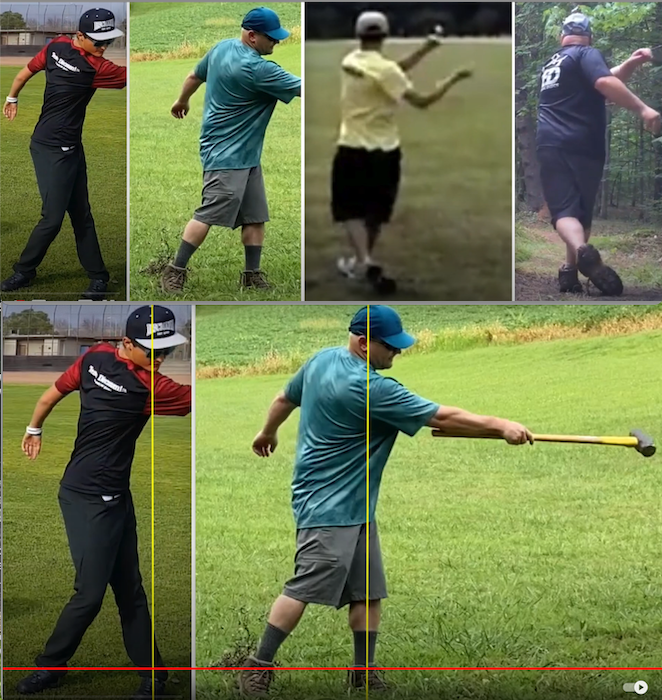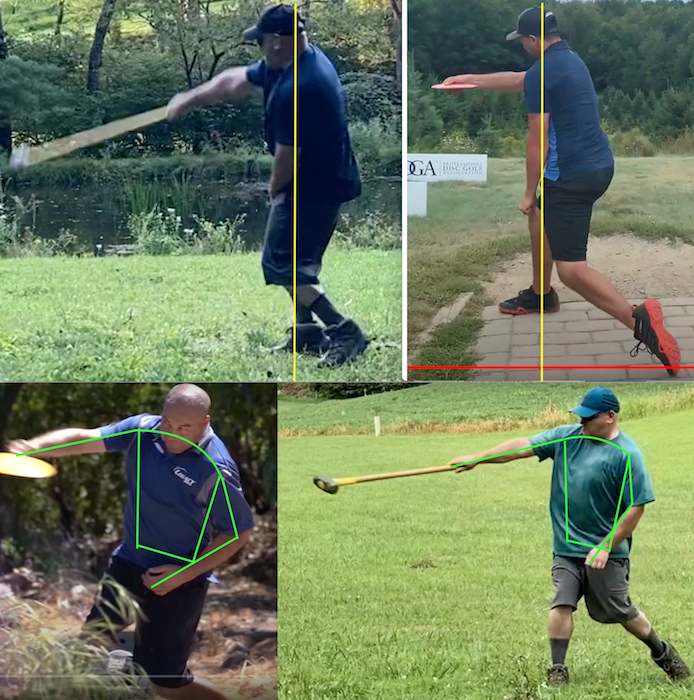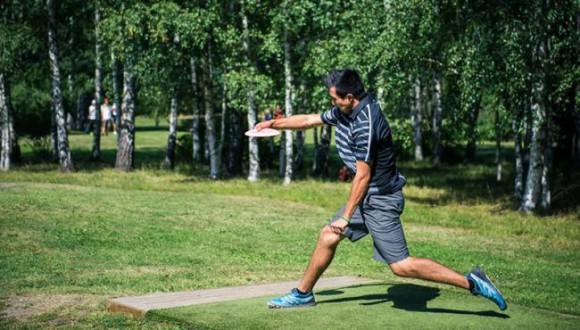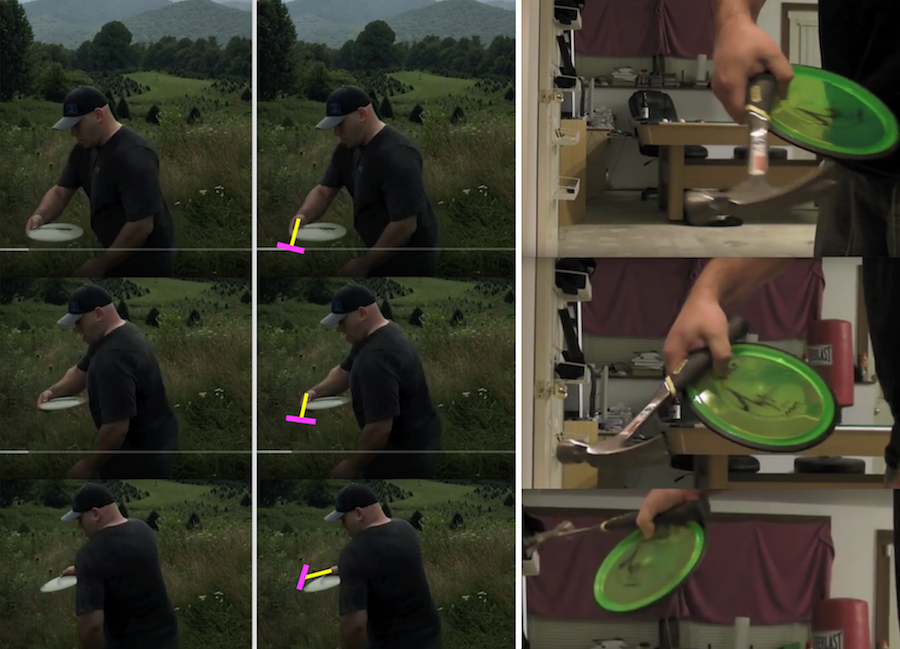I got interested in your case and as a resident cheerleader I went back through your thread. I just wanted to summarize my "what I would have told myself 6 months ago/if only I had listened better" advice to you. See what you think.
1. Lots of people get trapped in the 300-400' range. Athletic/young people with advantages seem more likely to get into the low 400s but still typically have some fundamental issues in that range. Depending on your background, this stuff can be hard work and experimenting/trying more than one way of learning can be important. I've felt like giving up a couple times, and I'm glad that I didn't either time. I have needed to chang how I practice several times to make breakthroughs. The right mix of slowing down & drilling vs. throwing is hard to predict on a case-by-case basis.
2. Posture, posture, posture. Posture facilitates learning and using good mechanics. Expect cycles of posture adjustments and mechanics adjustments. We've seen people here throwing in the mid 400's+ with good-looking sequences who still need posture tips.
3. Effort and how hard/far to throw. I do think that it is possible to throw too soft. The reason is that there are lots of ways to get to 200', less but still many ways to get to 300', fewer but still several to 400', and so on (moderated by athleticism, body type, etc.). And you're here because you want to develop that high-level, athletic throw. I currently like advising at least 2 days (maybe more like 3 if your body isn't used to throwing far) between field sessions. Cap it at some number of throws. Whatever my form is, I seem to get the most out of warming up with some upshots with my current form, and then throwing at 80-85% effort. That's enough that my body needs to find some oomph, but not so hard that I'm totally out of control/hurting myself while still addressing some deep form issues and getting a decent number of reps in. I think working at or near max-effort is more productive (and safer) once you have most of the fundamentals on board. The
nature of the effort changes drastically as you develop - when we talk about an "effortless" throw, the body is still doing a lot of work. It's just that it's getting better and better spread through the sequence and feels less and less difficult throughout the swing. The better the form is, the more "athletic" that effortless motion becomes. Which gets me to...
4. "Hard on the back"/"hard on<insert body part here>": Things can feel ok until they give out. You look younger, lighter, quicker, and more flexible than me, so I bet your body can take more than mine before it starts to send warning signals. The spine/chicken wing stuff SW22 calls out above can catch up with you eventually if it's not addressed if you keep playing for a while.
5. Throwing slower discs: my dude, what you've heard is true - throwing neutral-ish slower discs farther with control is the gateway to long term progress. You can always "slot in" other discs while learning, but you want that angle and nose control for every disc, and slow neutral discs are more "honest". Aside from impressing your friends, getting to a 330'+ hole with a mid will typically be less error prone than with a driver. You will also get smarter about disc choices when you have your set of 'stock' shots with neutral, highly controllable discs.
6. Slow down and fix a piece at a time:
Simon agrees with you. Practically speaking, this is a nice function of breaks between throwing - do a bit of posture/slow drilling then hit the field again and see what you get. I have a "rule of 2" now - before I go throw, I plan one fix, and if and only if that works very quickly do I move onto a second now. I'd say "rule of 1" is much smarter when you are first getting serious about form work. I actually think it can be healthy to self-analyze because understanding how form works is beneficial in the long run. But when learning to throw, always bite off a little at a time and listen closely to feedback so you don't get too tangled up.
7. Breaking through on your biggest struggles (or "I'm confused, and I don't know what to do or how to do it"):
Exhibit A
Exhibit B
You often can have good hunches and IMO it's healthy to reason about them. But remember that sometimes things will be confusing to your brain or your body (or both) until something else clicks. Our brains and bodies are powerful because they don't learn linearly even though we often want them to as analytic adults. And our bodies and brains don't always talk well to one another, especially when we're learning something new as adults. Leading me to:
8. Let a good coach "judo" you into good form despite yourself. I'm speculating a bit here, but remember that SW22 has been doing this for a long time. He has IMHO a unique, hard-earned gift for ferreting out cause and effect and getting people to try little experiments. I have a hunch that he's focused on your upper body and swing path right now because if you get that sorted, we might find out that your lower body action starts to improve as a result without further thinking. Or maybe that will need more work afterward: we'll see. If you've got his input in particular I really believe it's worth trying to soldier on- consume the content, but also try to get one thing sorted out, then move onto the next. Sometimes you and your coach need to try experiments to get stuff to click. Sometimes an old problem will pop up again when you try to fix the new thing. SW22 always "judos" me into a better place when I get stuck. Patience is key in the swing and in the practice.
You can get there.








